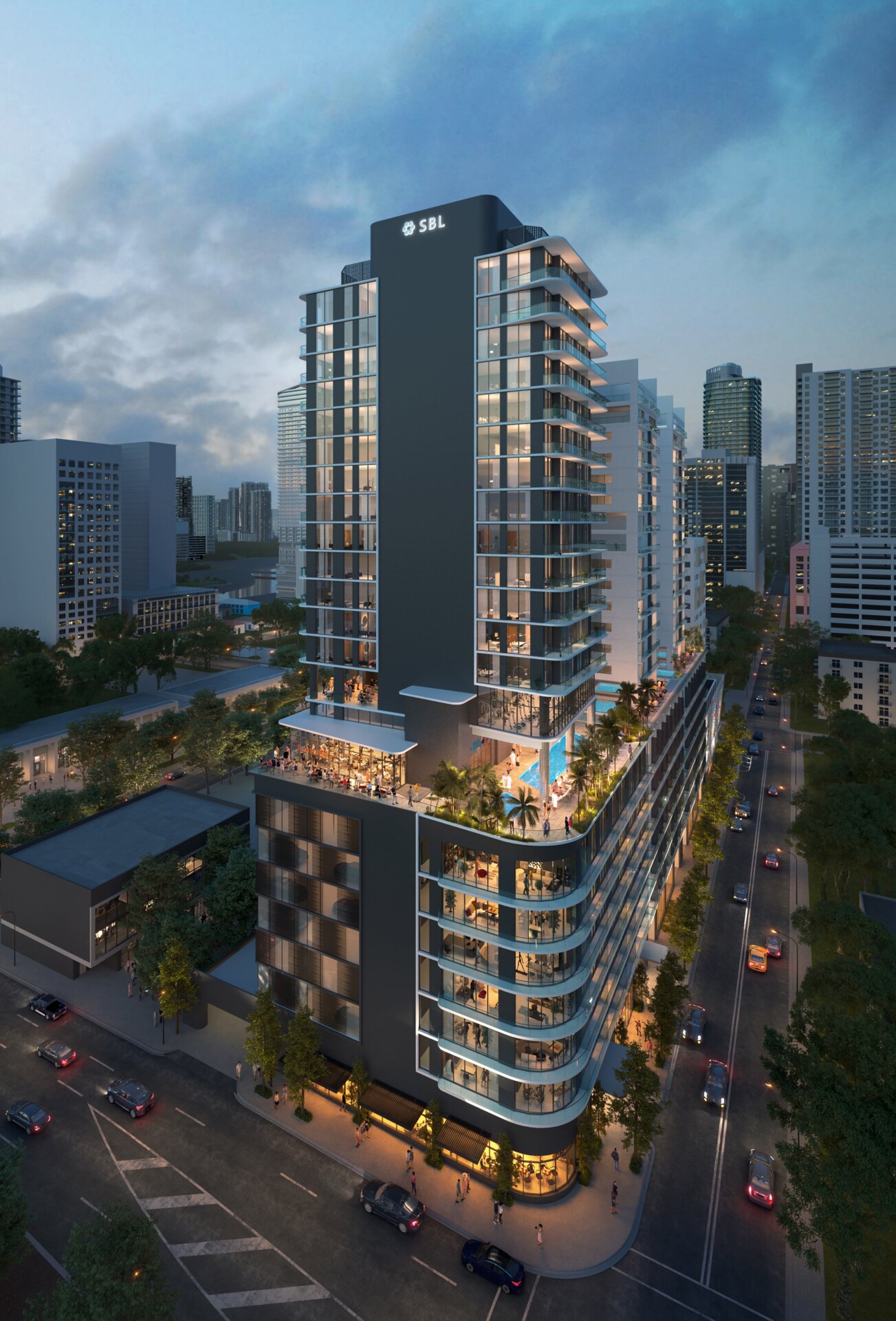Glass is a critical design element in any building. Building codes may regulate the performance of the glass and have different values depending on the type of fenestration (vertical or skylight). Regardless of the type of glass (laminated, insulated, tinted, or others), there are some basics you need to know when selecting the glass for the building facade.
#1 Understand the Needs of the Project
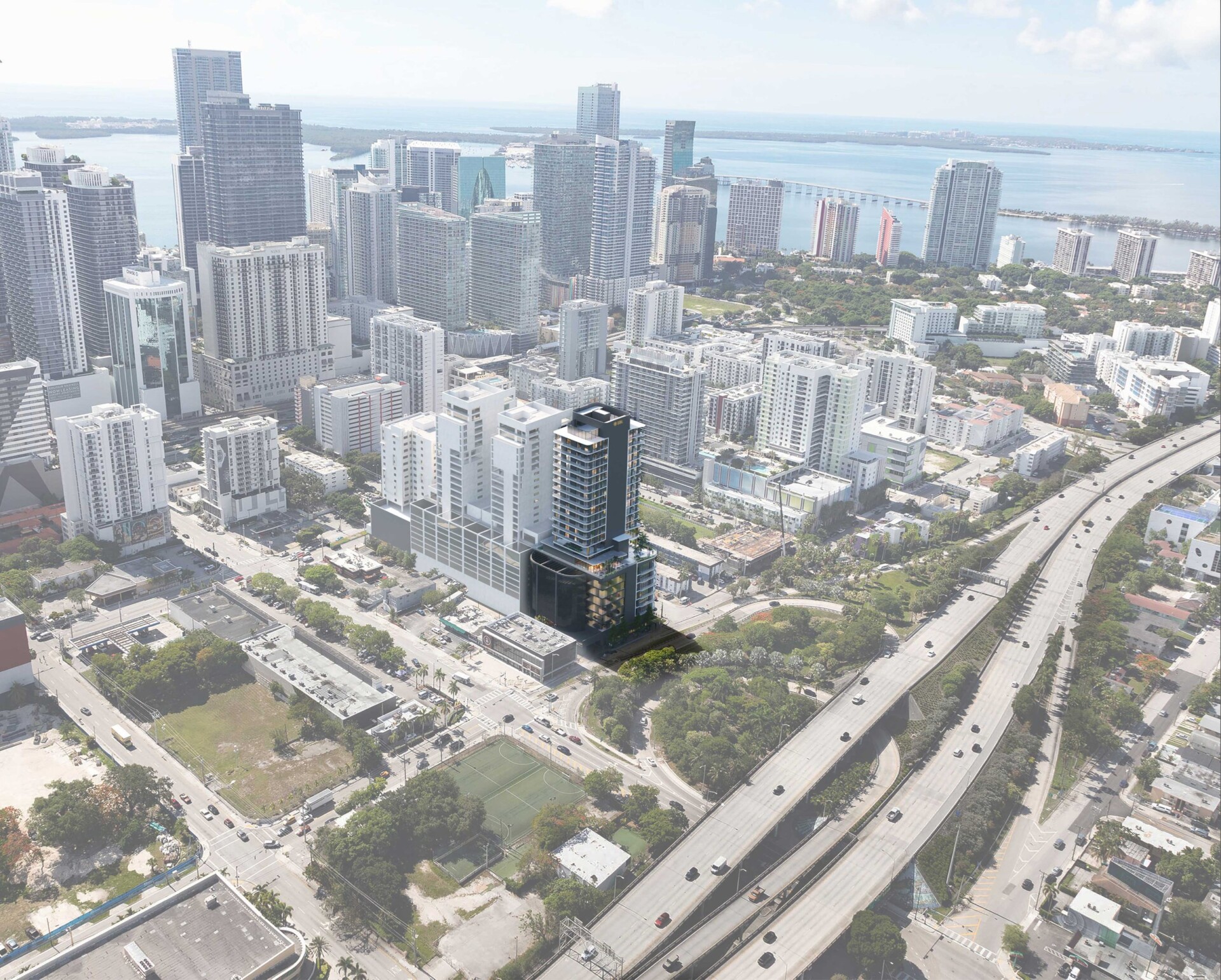
Location, orientation, and function are the primary factors you need to understand before selecting the right glass for your project. Once you fully comprehend these factors, you’ll be in a better position to choose the right type of glass.
#2 Start with the Outside
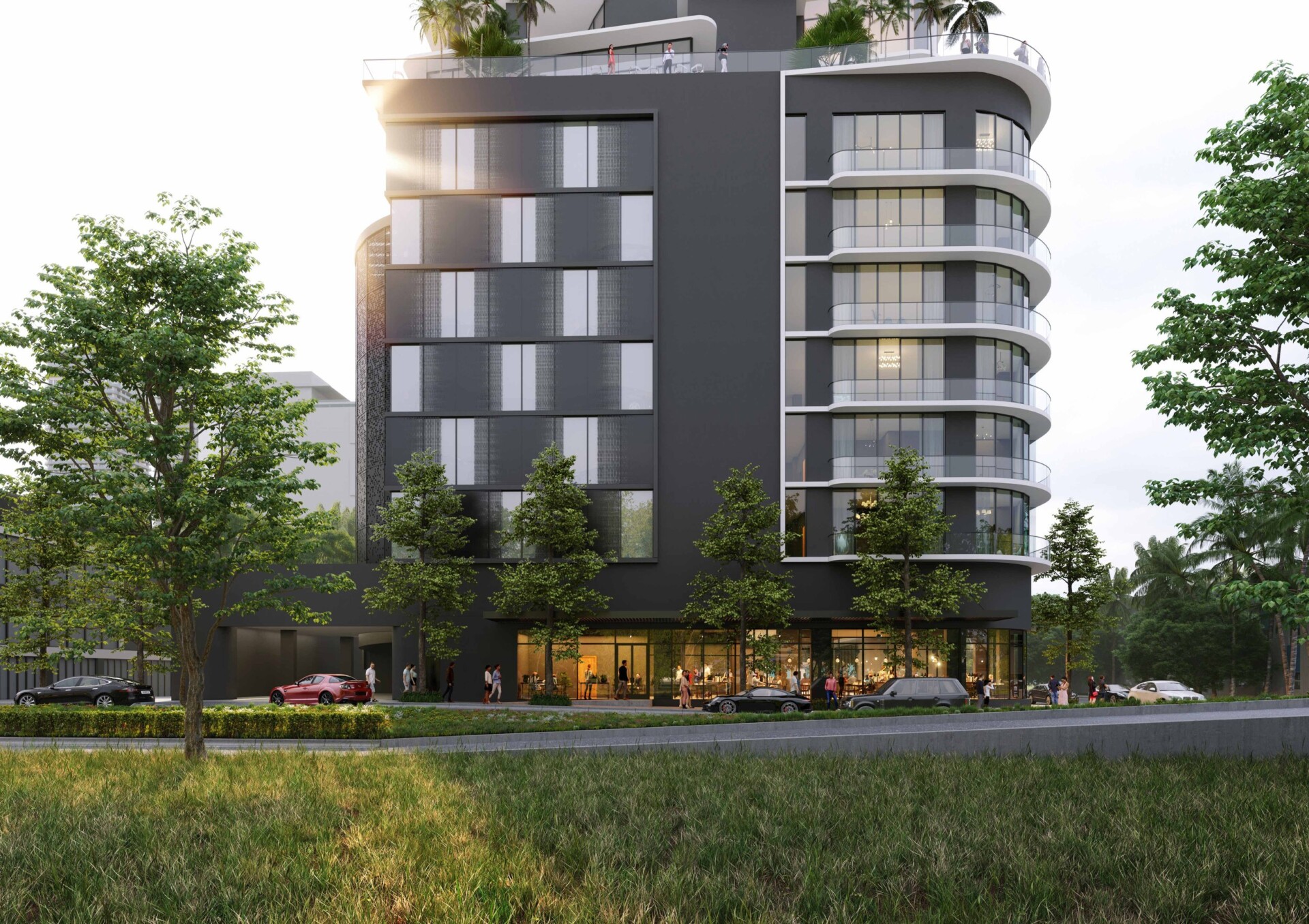
Color and external reflectivity are your starting points since those properties will impact the design of your building. Selecting the right color for your building can be challenging, but it’s essential to create a cohesive and aesthetically pleasing design.
Be aware of what treatments will impact the color and reflectivity of your glass, such as low-e coatings. Truth is that coatings can significantly reduce the amount of heat entering the building and increase energy efficiency but will affect how the glass is perceived from both the outside and the inside.
#3 Visible Light Transmission (VLT)
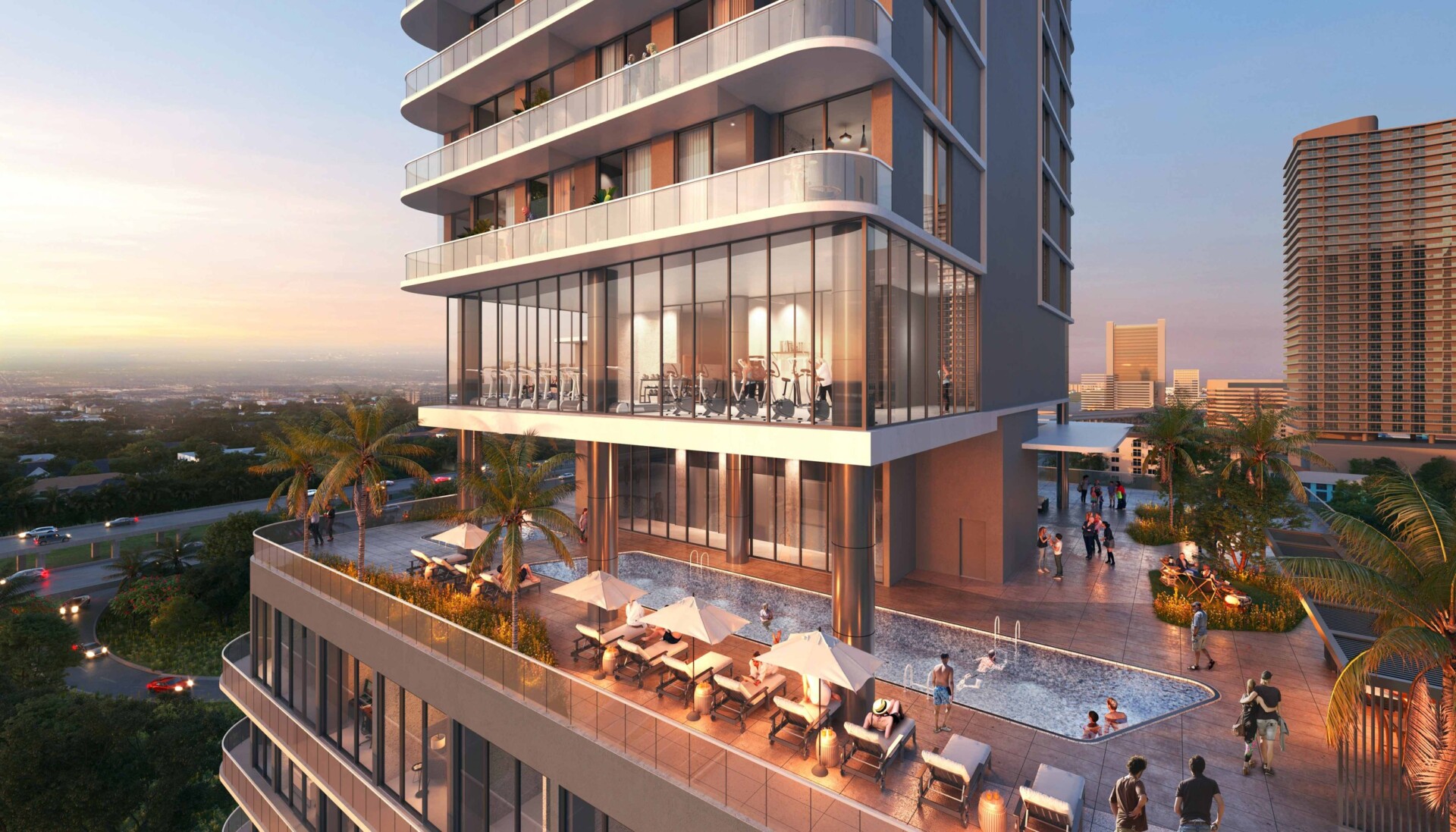
VLT measures the percentage of natural light entering through the glass and visibility from the inside out. The higher the light transmission, the more natural light will enter the building. Be aware that in this case, more light indicates also more heat entering to the building, therefore the energy efficiency of the building will be affected. A desired range for commercial projects is 30-40%.
#4 Solar Heat Gain Coefficient (SHGC)

SHGC measures the amount of solar radiation that passes through the glass. Look for a low SHGC to reduce the amount of heat entering to the building.
#5 U-Value
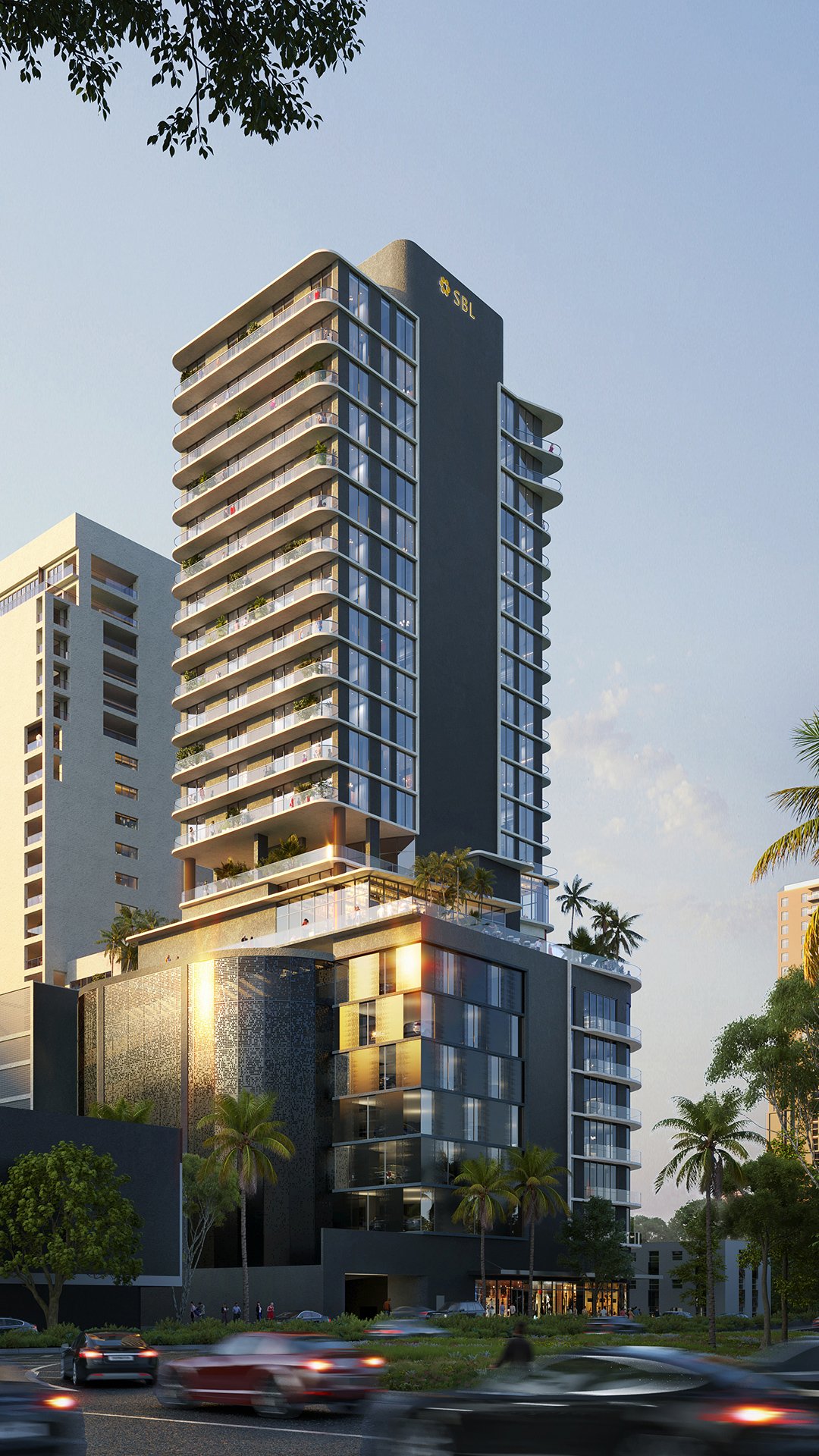
U-Value measures how much heat is transferred through the glass. The lower the U-value, the better insulation properties.
Choosing glass with low U-Value can significantly improve the energy efficiency of the building. Double-glazed glass is an excellent option as it provides better insulation properties and reduces the amount of noise entering the building.
Conclusion
In conclusion, selecting the right glass for your building is crucial to achieving your desired outcome. Understanding the architectural design phases and the factors that influence the selection of the glass is essential. By following the tips outlined above, you can select the right glass for your building and create a functional, aesthetic, and sustainable design.
The design of your building is a reflection of the developer’s brand and values. It’s essential to create a design that is functional, sustainable, and aesthetically pleasing. Working with a team of experts can help you achieve your desired outcome and ensure that your building serves its intended purpose.
